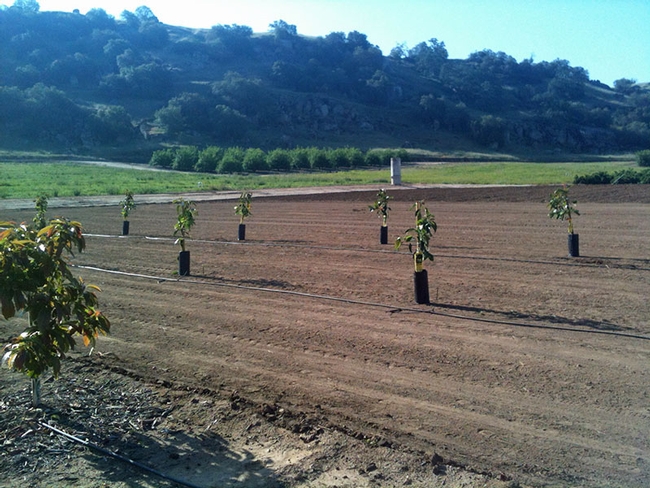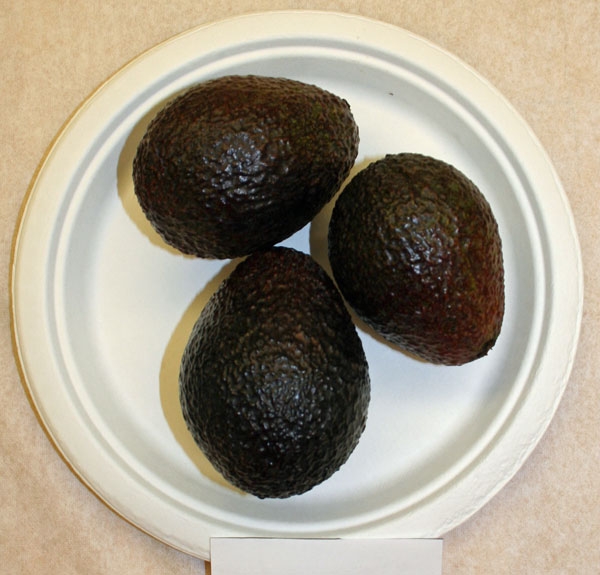
Avocados are native of semi subtropical high elevation rainforests in Mexico and Central America. A delicious and highly nutritious fruit, the cultivation of avocado has spread around the world. In California, growers are having commercial success in areas with year-round mild climates, such as San Diego and Ventura counties.
Though avocados are frost sensitive to be sure, it is not the cold winter climate that is the greatest impediment to avocado production in the state's inland valleys. It's the heat.
“Plant leaves have stomata, small openings that allow water vapor to move out of the plant to cool the leaf surface,” Arpaia said. “It works something like perspiration on people. Moisture exits the pores and cools the skin.”
The stomata on the leaves of Hass avocados – the variety most favored by California consumers – close when the temperature rises above 90 degrees. No moisture is released from the closed stomata and the plant overheats, causing fruit drop.
“To grow avocados in the valley, we need to have a variety that can tolerate heat better than Hass,” Arpaia said.

“The ones that we're testing in the field have eating quality comparable to Hass,” Arpaia said.
Lindcove is situated where the valley floor is gently rising toward the Sierra Nevada. The slope allows cold air to slip down to lower elevations, giving farmers in the area an advantage of a few degrees in the winter. The geography has made the area an important location for citrus production. But heat-tolerant avocados could be an alternative.
East-side citrus farmers may be looking for other options if Huanglongbing (HLB) disease makes its way to the area. Already, the pest that spreads HLB, Asian citrus psyllid, is established in some parts of the valley and spreading. Once a tree is infected with HLB, it cannot be cured.
“Growers have made good money on avocados,” Arpaia said. “In the San Joaquin Valley, water is relatively cheap and we have better water quality than San Diego County. There are good, well-drained soils. Avocados' frost sensitivity is similar to lemons. If farmers have property where they can grow lemons, they could try avocados.”
An initiative to enhance competitive and sustainable food systems is part of the UC Division of Agriculture and Natural Resources Strategic Vision 2025.